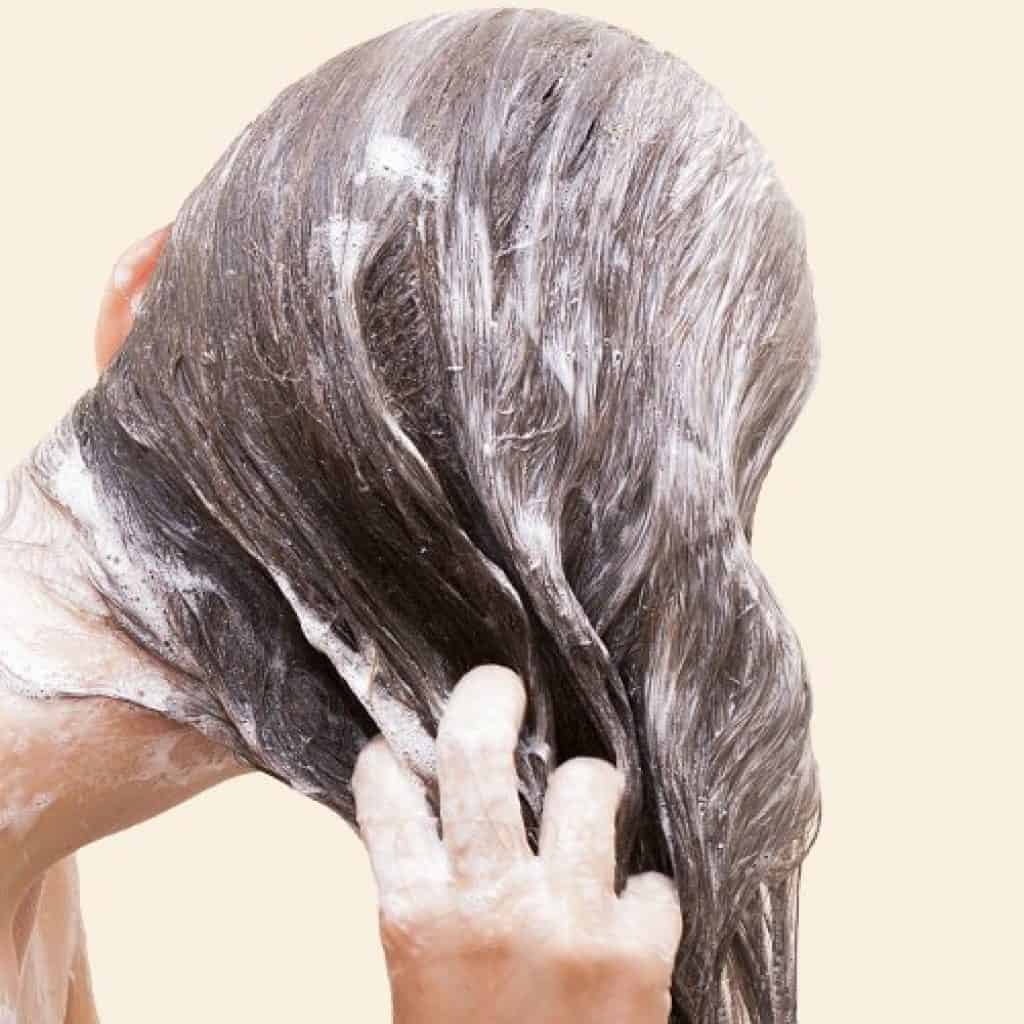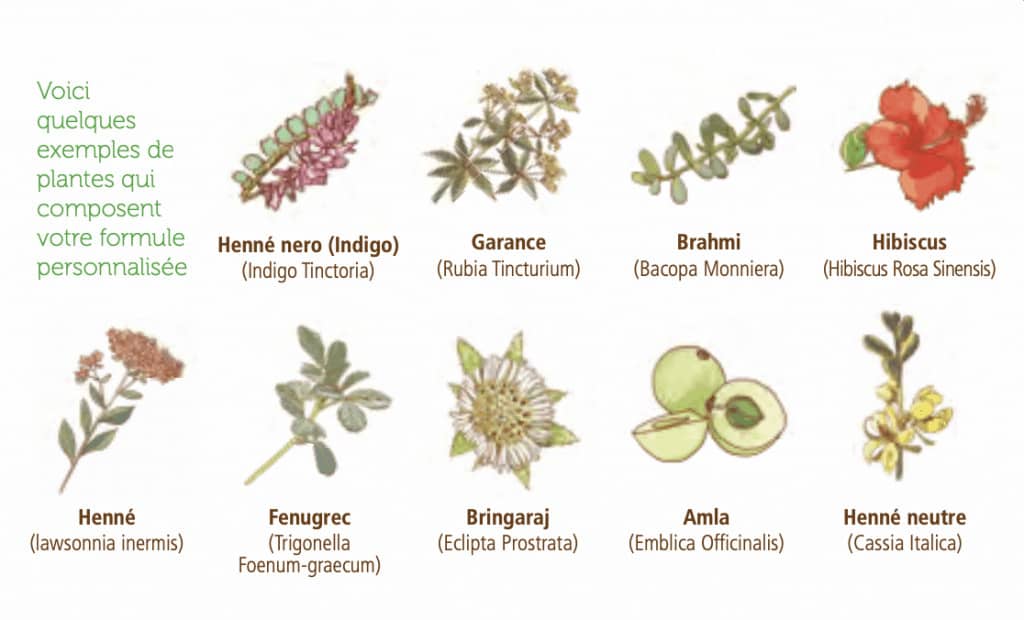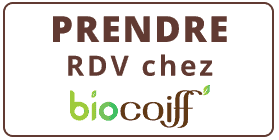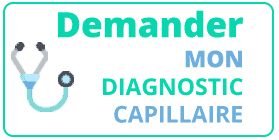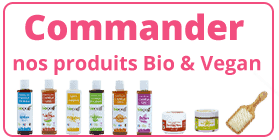C’est l’histoire d’une jeune fille de 20 ans qui est subitement devenue allergique aux produits cosmétiques du commerce … Il m’aura fallu plus d’une année pour mettre le doigt sur les ingrédients toxiques qui me provoquait ces abominables brûlures sur le visage.
C’est de cette façon que je suis tombée dans la folie du “décorticage d’étiquettes” et du déchiffrage de listes INCI ( International Nomenclature of Cosmetic Ingredients) : liste des ingrédients composant un cosmétique dans l’ordre décroissant de leur quantité.
En Europe, elle doit obligatoirement figurer sur chaque emballage en anglais ou en latin.
C’est pourtant une réalité, nos cosmétiques ne sont qu’un cocktail explosif d’ingredients toxiques et chimiques.
Et quand bien même de vrais actifs y seraient présents, ils seraient noyés au beau milieu de ces substances mortes et toxiques.
Aujourd’hui, je vous propose de nous concentrer sur les shampoings. Nous allons tenter d’y voir plus clair sur les ingredients toxiques à éviter et ceux à privilégier, pour une chevelure qui respire la beauté et la santé :
Les Tensio-Actifs
Ce sont les agents lavants et moussants qui agissent comme des détergents.
D’ailleurs, on les retrouve aussi bien dans les produits ménagers que dans les gels douche, les shampoings, etc, …
Figurez-vous que j’ai retrouvé le même tensio-actif dans mon produit vaisselle que dans mon dentifrice ! Ils sont très irritants et allergisants pour la peau et le cuir chevelu. Ils assèchent et cassent le cheveu.
Les principaux à éviter car irritants : Sodium Lauryl Sulfate, Sodium Laureth Sulfate, Ammonium Lauryl Sulfate, Ammonium Laureth Sulfate, Disodium Laureth Sulfosuccinate
Les moyennement irritants mais allergisants : Cocamidopropyl Betaïne, Disodium Cocoamphodiacetate, Sodium Coco Sulfate
Les peu irritants à privilégier : Sodium Lauryl Glucose Carboxylate & Lauryl Glucoside, Coco Glucoside, Sodium Cocoyl Hydrolyzed Wheat Protein, Decyl Glucoside, Sodium Cocoamphoacetate, Disodium Cocoyl Glutamate, Sodium Glutamate, Laurdimonium Hydroxypropyl Hydrolyzed Wheat Protein, Lauryl Glucoside, Sodium Cocoyl Hydrolyzed Wheat Protein Glutamate, Sodium Lauroamphoacetate
Les Silicones
Ils donnent l’illusion que votre chevelure est lisse et tellement douce sous l’eau de la douche.
Ils apportent ce côté glissant et facilitent par conséquent le démêlage.
Les soins et autres démêlants sont souvent des shampoings ou sprays enrichis en silicones…
En réalité, ils agissent comme un vernis qui étouffe shampoings après shampoings la fibre capillaire et rendent le cheveu totalement indiscipliné.
Qui plus est, ils polluent dangereusement nos rivières et nos océans car ils sont impossibles à recycler. Vous les reconnaîtrez car ils se terminent le plus souvent par -icone / -iconol / -siloxane : Dimethicone, dimethiconol, phenyl trimethicone, cyclopentasiloxane, cyclotertrasiloxane, Polysiloxane, Trimethylsilylamodimethicone
Les Ammonium Quaternaires et les PEG
Ils ressemblent aux silicones dans leur aspect glissant, ils apporte une belle texture aux émulsions en les rendant douces et soyeuses.
De plus, ils sont souvent utilisés dans les cosmétiques se vantant d’être “sans silicones”, mais ont au final exactement les même effets. Ils se nomment ainsi : Polyéthylène glycol (PEG), Polypropylene Glycol (PPG), Cellulose, Cross polymer, Quaternium + chiffres
Les conservateurs
Présents dans la plupart des cosmétiques, ils constituent de véritables perturbateurs endocriniens responsables de dérèglements hormonaux non négligeables, ayant un impact sur la fertilité et le développement des cancers. Voici une liste d’ingredients toxiques à éviter une fois de plus : Parabènes (buthyl-, phényl-, méthyl-, propyl-, etc …), Phenoxyethanol, Méthylisothiazolinone
Il existe également des shampoings secs ou à base de poudres de plantes comme le Shikakaï ou le Bois de Panama qui possèdent un pouvoir lavant grâce à leur forte teneur en saponines.
De même, pour soigner, colorer, faire briller les cheveux, il existe multitudes de poudres de plantes, ayurvédiques pour la plupart, telles que les poudres de Rose, d’Orange, d’Amla, de Guimauve, de Kapoor Kachli, de Brahmi, d’Indigo, des Hennés, etc…
La liste est très longue et leurs effets sur les cheveux absolument magiques.
Pour moi les plus beaux soins capillaires qui puissent exister !
Vous allez adorer
-
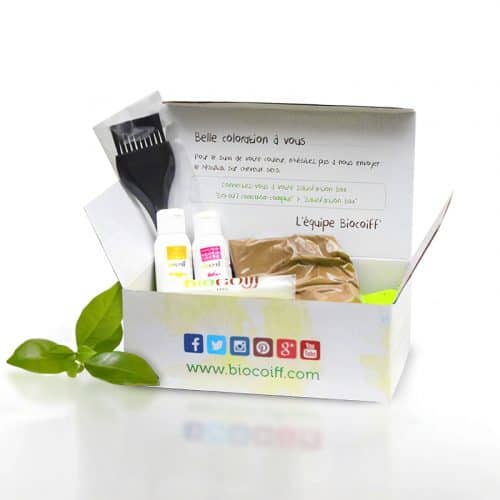 49.90 €
49.90 € -
Promo !
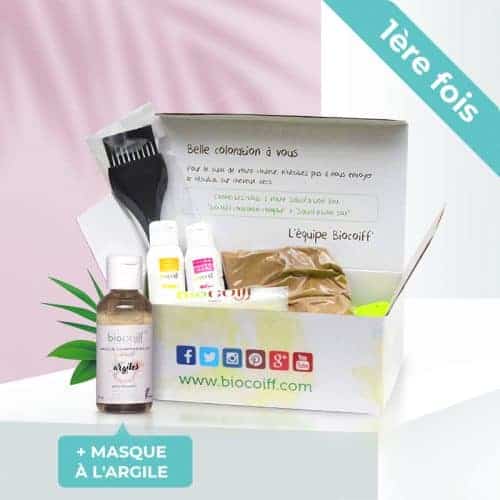

 Coloration Végétale
Coloration Végétale
 Balayage minéral
Balayage minéral
 Soins Capillaires
Soins Capillaires
 Coupe
Coupe
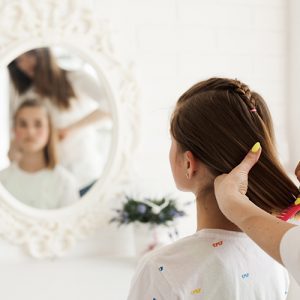 Diagnostic gratuit
Diagnostic gratuit
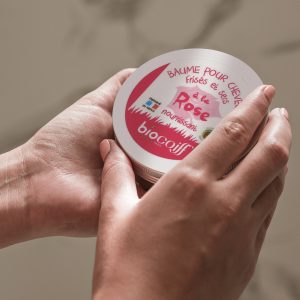 Accueil E-boutique
Accueil E-boutique
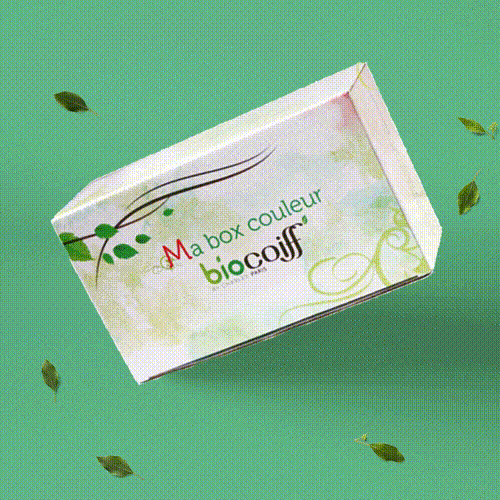 Box Couleur
Box Couleur
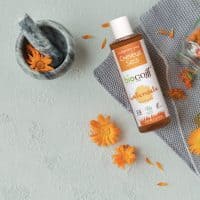 Shampoings
Shampoings
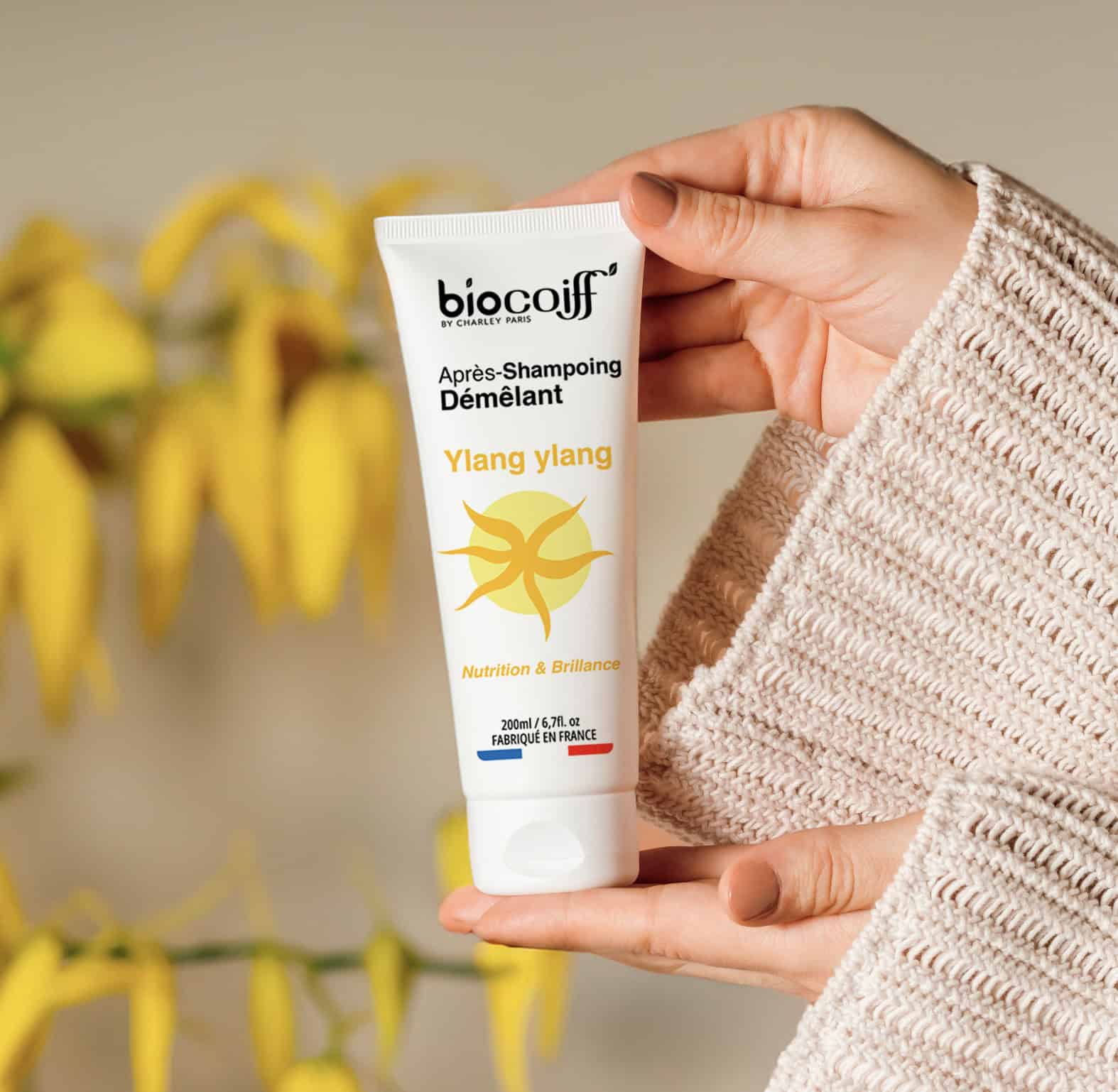 Soins
Soins
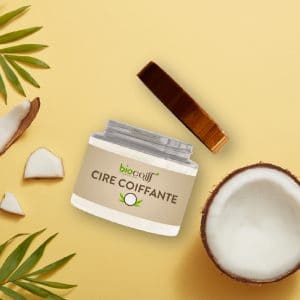 Coiffants
Coiffants
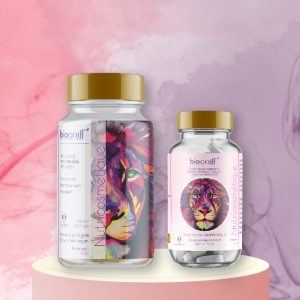 Nutricosmétiques
Nutricosmétiques
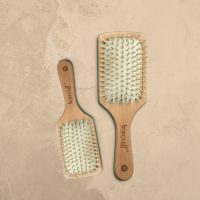 Accessoires
Accessoires
